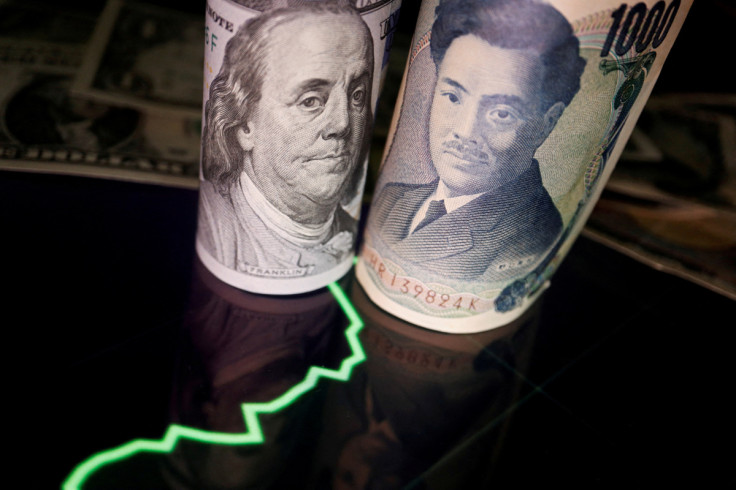Dollar Holds Ground Ahead Of Fed, Yuan Under Pressure

The dollar eased from multi-year highs on Friday after a strong rally earlier in the week, though expectations that the Federal Reserve would need to hike more to keep inflation in check sent Treasury yields higher and kept the greenback in demand.
The towering dollar pushed the offshore yuan past the critical threshold of 7 per dollar overnight for the first time in more than two years, with the yuan kept under pressure at 7.0032 in the early Asia trade.
The onshore unit hovered dangerously close to the breakpoint, and last closed at 6.9971 per dollar.
Often used as a liquid proxy for the yuan, the Aussie hit a two-month low of $0.6685 on Friday.
The kiwi likewise fell to $0.5956, its lowest level since May 2020.
"I think it's partly that, I think it is a psychological level," said Ray Attrill, head of FX strategy at National Australia Bank, of the correlation between the antipodean currencies and the yuan's decline.
"But I also think it was the big fall in oil prices and also other commodities ... the size of the oil price move has obviously impacted all commodity or pro-cyclical currencies."
Meanwhile, the euro was up 0.14% to $1.0008, while sterling gained 0.02% to $1.1474.
The dollar was down 0.37% against the Japanese yen to 142.96, helped slightly by hopes of a potential currency intervention.
Traders now shift their focus to a slew of monetary policy meetings by the Federal Reserve, the Bank of Japan, and the Bank of England next week, with the Fed in centre stage.
U.S. retail data released overnight showed retail sales unexpectedly rebounded in August, while a separate report from the Labor Department showed initial claims for state unemployment benefits fell 5,000, adding to the case that the economy could tolerate higher interest rates.
Treasury yields rose on the back of the data, as investors revised their expectations of where rates could go. The two-year hit a fresh 15-year high of 3.879% overnight, and last stood at 3.8646%. Meanwhile, the 10-year yields firmed at 3.4431%.
Fed funds futures now point to a 25% chance of a 100 basis point hike at next week's meeting.
"The dollar strength will persist, at least in the near term. The two key factors that are supporting the U.S. dollar are still in place, so we've got very hawkish market pricing for the FOMC ... and also, we've got this worsening global growth outlook," said Carol Kong, senior associate for international economics and currency strategy at Commonwealth Bank of Australia.
"As long as the prospect for the global economy is still weak, the U.S. dollar can remain strong and perhaps edge a little bit higher."
The U.S. dollar index was down 0.16% to 109.61, but remained close to its two-decade peak of 110.79.
© Copyright Thomson Reuters 2024. All rights reserved.




















